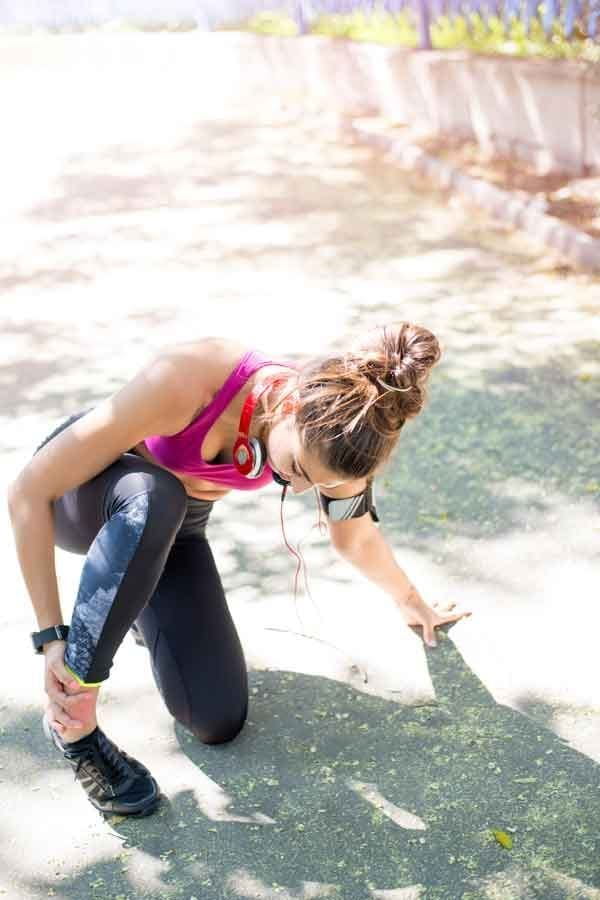Most often, muscle strains are not so severe and can be treated at home with proper care and guidance. To stop the bleeding and bruising, it’s best to use an ice pack as soon as you injure yourself. However, always remember to use a towel or any other protective layer between your skin and the ice. Stretch out the affected limb for optimum leg pain relief. You can have a non-steroidal, anti-inflammatory medicine but if you are on other medications and face any other disorder, make sure you take proper medical guidance before having it.
Rest your strained muscle as much as possible and avoid exerting any weight on it. Try not to do any physical exercise for the next one week after straining your muscle.
Keep applying the ice pack on the affected area every 15 to 20 minutes to reduce the swelling. It is really effective as an anti-inflammatory and stops the blood flow to the affected area to decrease the swelling.
Make sure you compress the pulled muscle area on your leg with a Hansaplast Crepe Bandage. Choose the right sized one out of the four offerings Hansaplast has and wrap it tightly around your leg to relieve yourself of the muscle pain. However, make sure you don’t wrap it too tightly as it may restrict blood flow and cause more damage. If it causes numbness, redness or itchiness on the swelling, loosen the bandage around your leg and let it relax for a while.
Lastly, make sure you keep your leg at an elevated level when you’re relaxing, sitting or sleeping. This will relax your muscle and release any fluid build-up that has been happening in the strained area.



